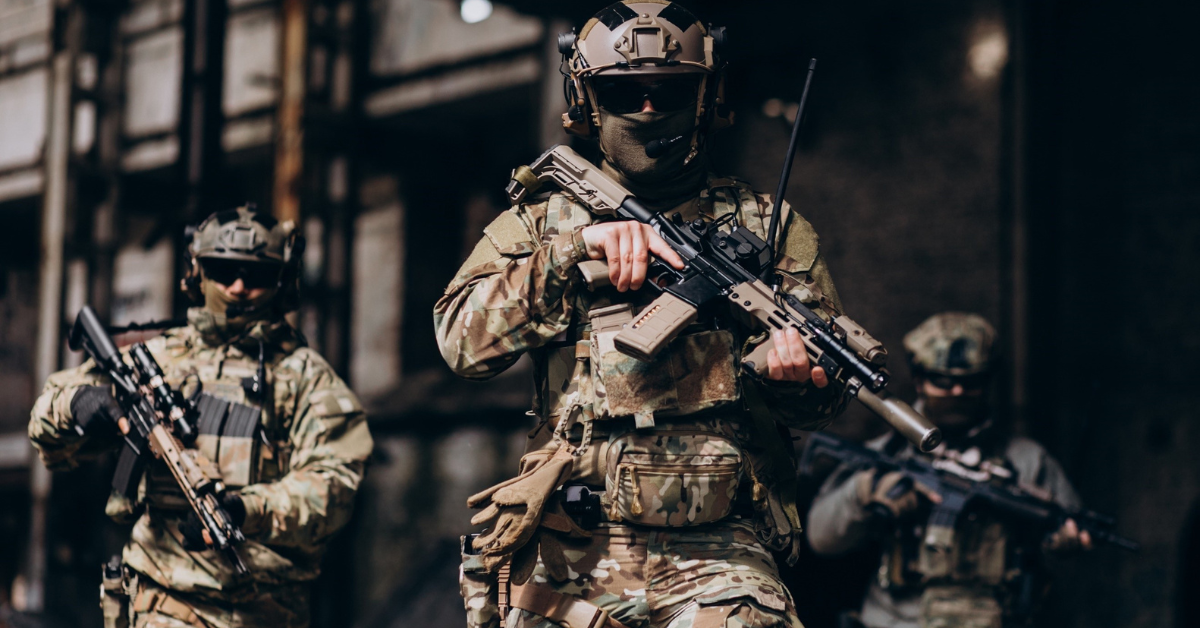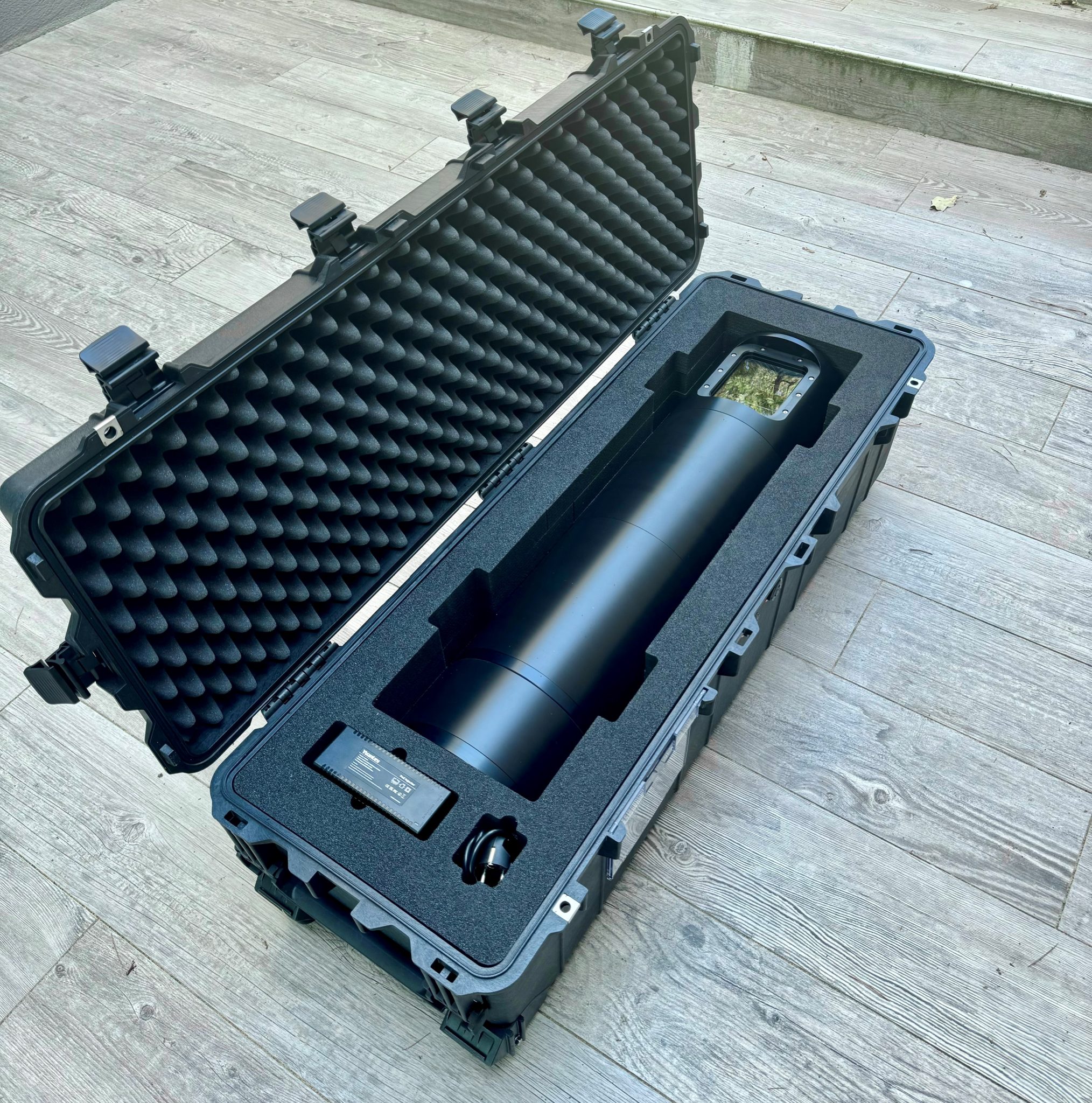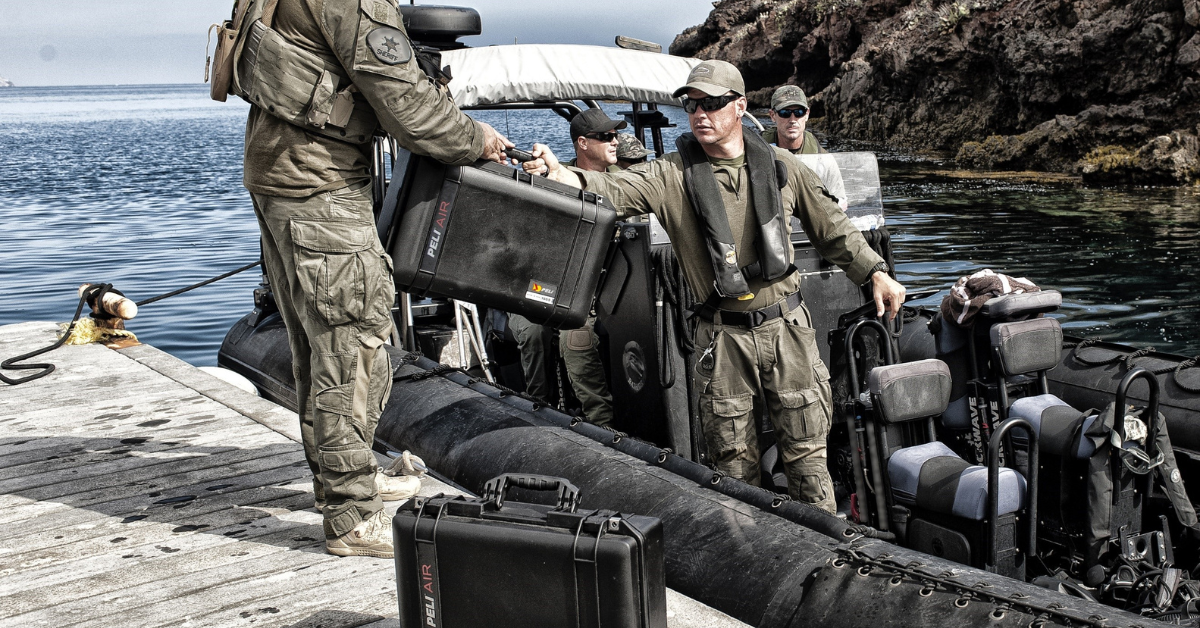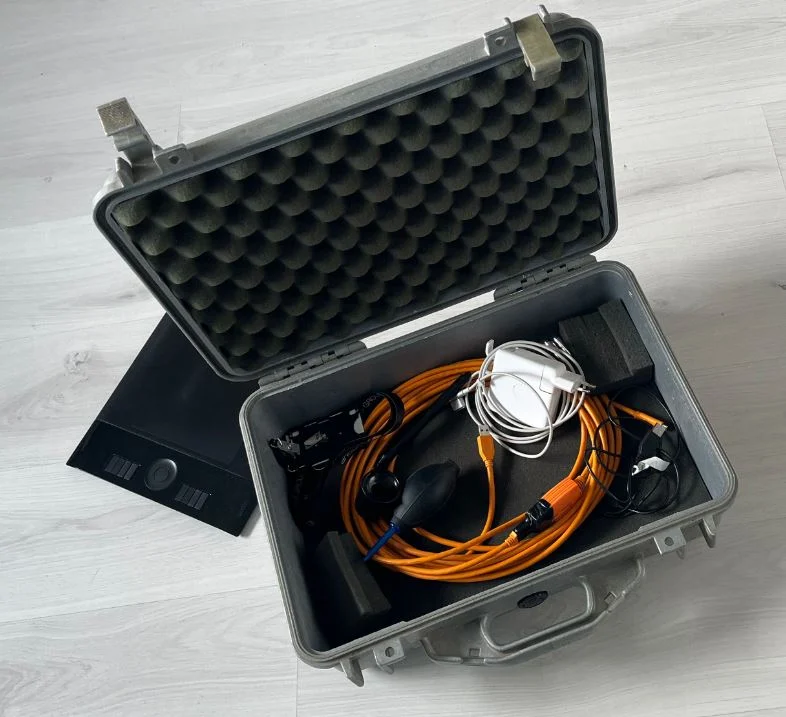When every second counts and terrain gets tough, the last thing tactical professionals need is a case that slows them down. From military patrols to rapid response operations, mobility isn’t a luxury—it’s a lifeline. But how do you balance essential protection with the freedom to move?
-2.png)
When Size Becomes a Liability
In tactical operations, mobility can dictate the success or failure of a mission. Bulky or poorly designed cases may hinder quick movement through dense environments, slow down boarding processes in vehicles, or restrict agility in urban scenarios. Carrying too much weight—or the wrong shape—impacts endurance and speed. That’s why the profile and weight of your gear container matter just as much as its protective features.
Lightweight Solutions for Heavy Demands
Today’s tactical-grade cases are evolving. New materials and structural engineering have given rise to cases that are significantly lighter without compromising protection. Technologies like HPX™ resin and rotomoulded polyethylene are being used to reduce mass while maintaining resilience against impact, vibration, and environmental exposure.
For example, advanced models in the Light Lift™ range are up to 30% lighter than traditional counterparts, helping reduce fatigue and enabling longer carry times on foot.
Designed for the Lone Operator
Not every mission includes a team—or even a vehicle. Tactical professionals operating solo or in tight quarters benefit most from compact cases engineered for single-person carry. These include models with ergonomic handles, backpack conversion kits, or cases slim enough to be worn close to the body.
Cases such as those in the Air or Storm series are available in sizes that balance portability with internal capacity, keeping tools and weapons secure without becoming a burden.
Wheels, Straps, and Handles that Make a Difference
Wheeled cases can drastically improve mobility across hard surfaces and in logistics-heavy operations. High-performance inline ball-bearing wheels and trolley handles offer fast and smooth transport through airstrips, corridors, and paved zones. For more rugged movement, models with retractable handles, edge casters, or shoulder strap compatibility are ideal for navigating broken ground, forests, or urban rubble.
Mobility-focused case designs also include multiple grip points, anti-slip handles, and modular stacking ribs, allowing operatives to adapt their transport strategy based on terrain and urgency.
Compact Protection, Same Reliability
The good news? Downsizing doesn’t mean compromising. Even compact cases today come with IP67 water and dust resistance, shock-absorbing interiors, and anti-shear locking mechanisms. Engineers have packed full tactical-grade features into smaller footprints, allowing critical gear—from weapons to sensors—to travel safely and lightly.
When speed, agility, and stealth are paramount, choosing the right case can transform the way you operate.
Need to move fast and light? Discover field-ready cases built for tactical mobility at military.peli.com






